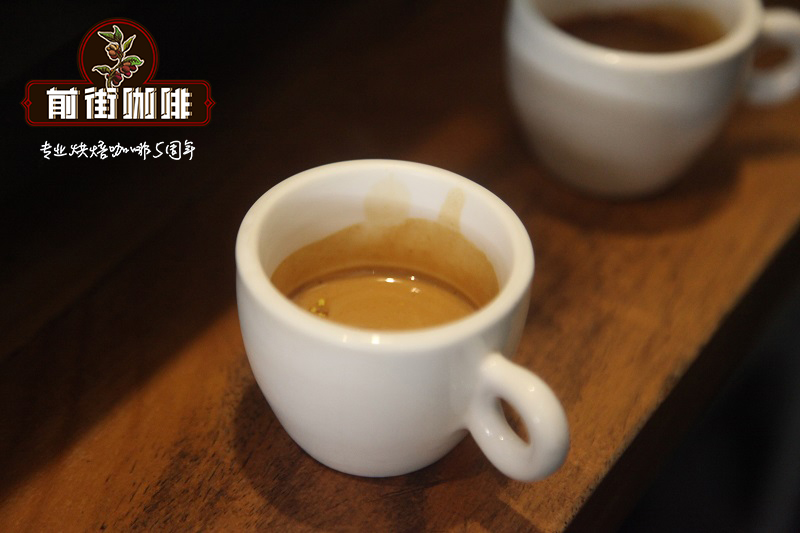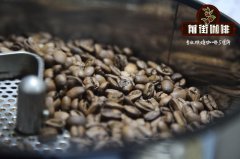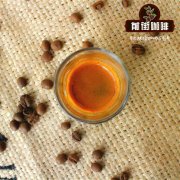Third-class principle of espresso how do you drink espresso? How do you do Italian enrichment?

Professional coffee knowledge exchange more coffee bean information please follow the coffee workshop (Wechat official account cafe_style)
The extraction of coffee mainly uses the diffusion of coffee powder in water and the flushing force of water itself to convert the soluble solid substance in coffee fiber into a cup of liquid coffee.
The soluble solid substances that are diffused and washed have a sequence, so there is a significant difference in the taste of coffee at each stage. If you drink the brewed coffee in stages during the brewing process, you will get the strong sour taste at the beginning, the sweetness from the sour taste to the sweet taste in the middle, and the light and mild feeling at the end. If you continue to brew your coffee, you will get a concentration that turns to tea, but full of bitter flavor. If you drink espresso in stages, you can basically get a similar flavor development phenomenon. This sequence implies one thing: through the ratio of water to powder, there is an explanatory order for the development of flavor.
The difference between Espresso and ordinary follicle extraction is that in the process of espresso brewing, the water is forced through under pressure. generally speaking, if the brewing environment is right, the taste order of coffee segments will be almost the same as that of filtered coffee. It's just, what if it's not a "right cooking environment", or what if there is a flavor development that goes against the typical taste order?
Espresso is extracted by pressurized water, so when the powder layer due to a number of factors, the water can not evenly pass through, there will be a channel effect. Water always finds a simple way to move forward in the powder bed. Lazy water will pass through the vulnerable points in the powder layer first, making the powder layer near the channel excessively extracted, resulting in scorched bitterness; on the other hand, the powder layer outside the channel produces a sour feeling of insufficient sweetness extraction. Using this property, coupled with the experiment of split-cup extraction, we can examine whether our boiled espresso has channel effect.
Similarly, barista can divide the coffee into three portions to taste. When the coffee comes out of the first drop of the shunt, start the clock and stop the clock when it reaches the end point you want. Cut the time into three equal portions, then make it again, transfer the coffee from these three periods to three different cups, and then taste it.
Important Notice :
前街咖啡 FrontStreet Coffee has moved to new addredd:
FrontStreet Coffee Address: 315,Donghua East Road,GuangZhou
Tel:020 38364473
- Prev

How to distinguish fresh coffee beans from fresh coffee beans
Professional coffee knowledge exchange more coffee bean information Please pay attention to coffee workshop (Wechat official account cafe_style) Coffee is like the ingredients in life, pay attention to freshness. When coffee is extracted into a coffee liquid and made into a drink, the freshness of the original beans greatly affects the flavor and taste of the finished product. All food will rot with the passage of time, and coffee will gradually lose.
- Next

What is pre-soaking? How to presoak espresso in Italian style?
Professional coffee knowledge exchange more coffee bean information please follow the coffee workshop (Wechat official account cafe_style) prepreg, only two purposes. Or, to be precise, all baristas eventually return to two purposes: to avoid the tunneling effect (pull a longer shot), and to extract the right extraction rate. In the case of baristas, as long as the whole powder and filling are effective.
Related
- Beginners will see the "Coffee pull flower" guide!
- What is the difference between ice blog purified milk and ordinary milk coffee?
- Why is the Philippines the largest producer of crops in Liberia?
- For coffee extraction, should the fine powder be retained?
- How does extracted espresso fill pressed powder? How much strength does it take to press the powder?
- How to make jasmine cold extract coffee? Is the jasmine + latte good?
- Will this little toy really make the coffee taste better? How does Lily Drip affect coffee extraction?
- Will the action of slapping the filter cup also affect coffee extraction?
- What's the difference between powder-to-water ratio and powder-to-liquid ratio?
- What is the Ethiopian local species? What does it have to do with Heirloom native species?

